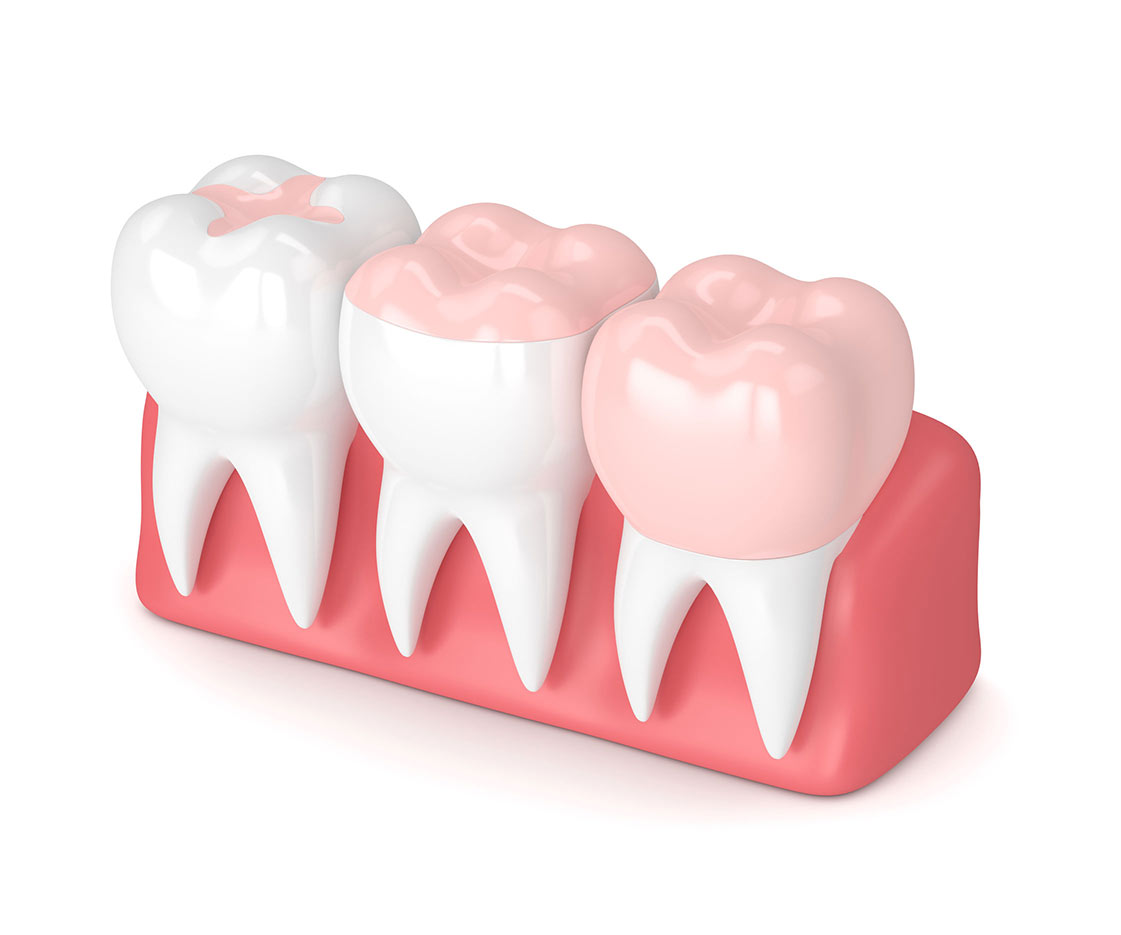
Inlays and onlays are the solutions between filling and crown. Inlays or onlays are used where there is not enough tooth structure to support the filling and/or if it is not damaged enough to be covered with a tooth crown.
Compared with the inlay, the onlays cover a larger area. The inlays are more similar to the fillings, but they are between the dunes (tubercle) on the chewing surfaces of the teeth. Onley is made to cover one or more dunes.
Inlays and onlays are made of ceramic. The lifetime of the inlay or onlay depends on the its material, the condition of the tooth, the chewing forces, the patient’s attention to oral hygiene and care, and the regular dentist controls. They generally function healthy for decades.
-
-
-
-
A damaged tooth can be renewed by inlay or onley. In the case where more than half of the molar tooth chewing surface decays, onlay is preferred instead of inlay.
Teeth and surrounding tissues are anesthetized by local anesthesia. Inlays and onlays can be completed in two appointments because they are prepared in the laboratory. The rest healthy tooth structure allows the dentist to decide whether to perform inlay or onlay.
At the first appointment, the decay is cleaned and the surrounding teeth are measured. The teeth are closed with a temporary filling. The measurement is sent to the laboratory.
At the second appointment, the temporary filling is removed. The tooth is tested on and sent to the laboratory for polishing. At the same time the tooth is cleaned. Inlays or onlays are bonded to the tooth by using a special adhesive. Closure is adjusted fully by the dentist and polished.
Only tooth brushing, flossing, oral care and regular visits to the dentist are required for the care of the inlays and onlays.
They may not adhere fully if they come in contact with the sputum while the inlays and the onlays are adhered. Porcelain inlays or onlays can also be broken.
.